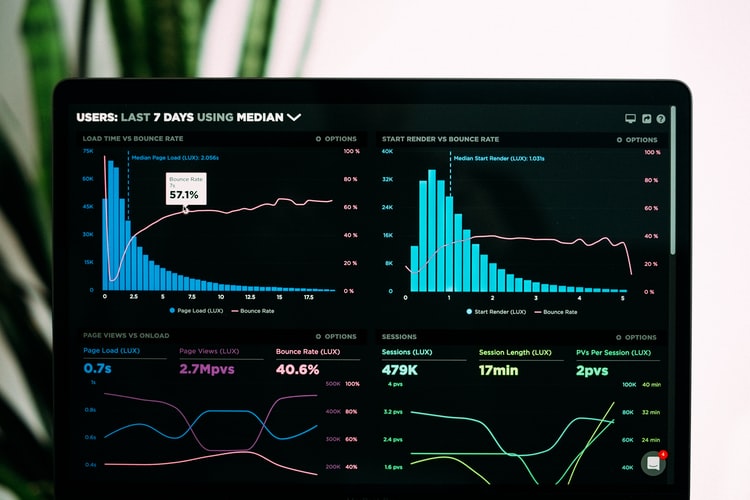What Is Modelling For Carbon Dioxide Capture?
Carbon dioxide capture or carbon sequestration is a process which involves the use of carbon dioxide for the purpose of storing in a geological formation. The carbon is first captured and injected into a reservoir, which may be underground or an oceanic aquifer. The CO2 then becomes a solid material which can then be extracted with various techniques.
One of the main advantages of carbon dioxide sequestration is that it acts as a renewable energy source, which can be used for all sorts of purposes. This is beneficial because it eliminates a large number of harmful emissions which are present in our environment today. The process works by releasing CO2 into an inert gas in such a way that it prevents it from reacting with other substances, causing it to remain stationary.
Carbon Dioxide Capture
During the carbon dioxide capture process, the carbon dioxide is injected into a reservoir through a well, which contains a pump to maintain the flow of the CO2. It then remains within the reservoir, which means that it will not react with other chemicals present. As long as the carbon dioxide stays in place, the reservoir will be filled with CO2 gas and the process will continue indefinitely, storing it for future use.
The use of carbon dioxide is also beneficial because it does not produce any harmful by-products during the capturing process. Some of these harmful by-products are carbon monoxide, methane, volatile organic compounds (VOCs), ozone and nitrogen oxides. This is why some experts advise against using carbon dioxide for storing greenhouse gases.
However, there are various other benefits which can be derived from the use of carbon dioxide as a carbon dioxide reservoir. First of all, the carbon dioxide is non-reactive with regards to any sort of chemical reactions. In fact, it is highly reactive with other chemicals present in the reservoir, which makes it ideal for storing in a reservoir which would otherwise contain hazardous chemicals.
Another benefit of carbon dioxide as a reservoir is that it can be stored for up to several decades, which makes it useful for storing in a geologic formation that would otherwise be unsuitable for storing carbon dioxide. If the reservoir in question contains a huge amount of CO2 gas, it would be suitable for storing in the Earth’s crust, while if the reservoir is located below the surface, it would be ideal for storing in the upper mantle.

Data Modelling

So what is modelling for carbon dioxide capture all about, you might be wondering. Well, in simple terms, it is simply a method of storing carbon dioxide, which is highly reactive with other chemicals present in a reservoir, and thus making it more desirable to store.
In summary, carbon dioxide capture is beneficial for several reasons, which include the fact that it works effectively, which minimises any harmful chemicals which are present in the reservoir, and the fact that it produces no harmful emissions during the capture process. Carbon dioxide storage is ideal for both scientific and industrial purposes, making it ideal for storing harmful greenhouse gases. However, some experts also advise against using carbon dioxide as a reservoir, which is mainly because the natural sources of this gas are being depleted, which means that the reservoir will eventually run out and cause serious damage to our environment.
However, there are other methods which can be utilised for carbon dioxide storage, which includes carbon dioxide injections into underground geological formations, such as those which have been formed when water evaporated. These carbon dioxide injection systems can work very effectively, but there are some downsides to them. For instance, carbon dioxide can easily leak from the reservoir and escape, creating harmful emissions which may also cause damage to the environment.
Another option used for carbon dioxide injection is carbon capture and storage, which use technology which has been developed by carbon capture and storage manufacturers themselves. This method does not require any injection of carbon dioxide and thus reduces the amount of carbon dioxide which would need to be injected into the reservoir. The main drawback with this method is that the level of CO2 would be greatly reduced when compared to injecting it naturally, which means that the reservoir would need to be replenished faster, leading to an overuse of the reservoir’s CO2 storage capacity.
So, what is modelling for carbon dioxide capture all about? If you want to learn more about this, then you should contact a reputable carbon capture and storage company and ask about their methods of carbon capture and storage.
